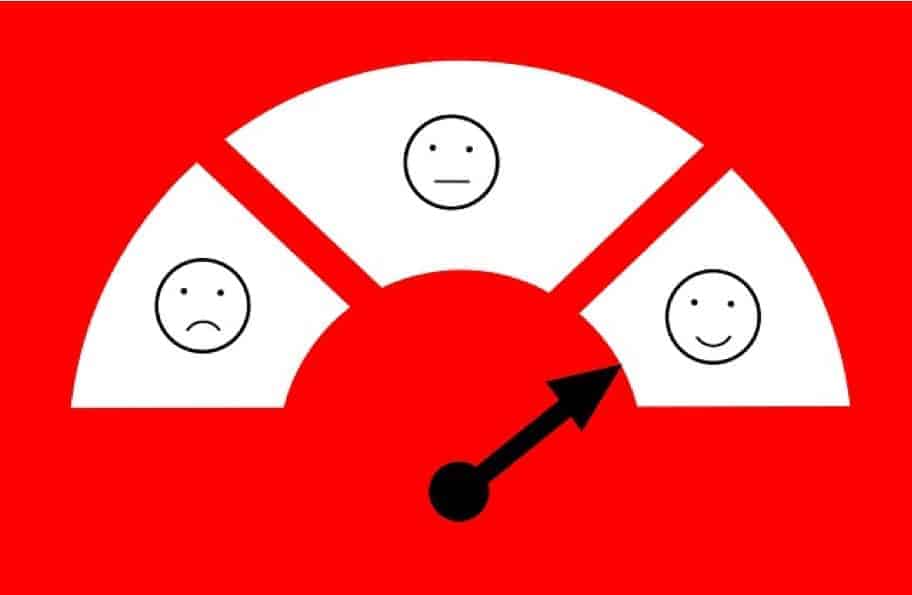Research shows there is a direct correlation between engaged employees and the satisfaction of your customer and ultimately achieving your business outcomes.
In other words, employee engagement drives customer satisfaction. Richard Branson says, “Take care of your employees and they will take care of your customers”.
Engaged employees are described as being fully immersed in and enthusiastic about their work. This emotional attachment means that employees will go above and beyond the call of duty. Employee Engagement differs from employee satisfaction. Satisfaction can be described as being happy at work. Engagement takes employees to another level.
These employees will go the extra mile to resolve the client’s problems or work late to close a sale. They contribute to a culture that consistently delivers great service. They take ownership, deliver on their commitments, in and outside the organization, and are passionate about satisfying the customer because they own the results of their work.
In short, engaged employees are a pre-requisite for building a high-performance team within an organization.
I believe that it’s not enough to simply measure employee engagement. Engagement is about much more than just job satisfaction. It’s about an emotional commitment where employees choose to go the extra mile and give the very best of themselves at work.
An IBM study in 2017 showed that 80% of employees feel more engaged when their work is consistent with the core values of the organization. Keeping engaged employees takes more than just giving employees a pay rise, a bonus or good benefits. Engagement is more about what the employee can do for the company, or for the stakeholders or community surrounding the company. Engaged employees will do all they can to improve the customer experience, as they want to see themselves and the organization succeed.
A recent OneReach report found the best way to improve customer service is to focus on the employee experience. Industry influencers who were interviewed named employee engagement as the number one way to improve the customer experience, followed by walking in the customer’s shoes and reviewing the service values of the company.
The Demand Metric 2013 Employee Engagement Survey concluded that organizations that have more than 50% employee engagement retain more than 80% of their customers. A clear business case for leaders to focus on building engaged teams across the business.
A 2017 Aberdeen Research Report states that “Customer experiences don’t happen in a vacuum. They are the result of employee activities. Businesses that understand the importance of employee engagement and manage it through a formal program to align to their customer experience goals, achieve far superior results”.
Their research validates the linkage between managing employee activities and experiences and in turn, these employees exceed customer expectations. In turn, the value creation for the customer leads to value creation for shareholders. Companies with a formal employee engagement program achieve 39% greater annual growth in revenue from new customers.
There are a number of key activities to succeed in employee engagement. These include strong visible values in the organization, understanding and addressing employee expectations, career pathing with tailored development programs to help employees achieve their goals, great communication tools, and internal social collaboration tools for peer to peer learning and collaboration, knowledge transfer and helping the company expand the use of best practices, as well as a great reward and recognition program.
In developing economies, employees are also much more involved in community improvement projects and company-wide CSI programs that also increase the feel-good factor in the organization and ultimately contribute to employee engagement.
If your company struggles to attain your customer experience goals, then consider a formal employee engagement program to help you establish the building blocks to ensure your company creates happy customers.







